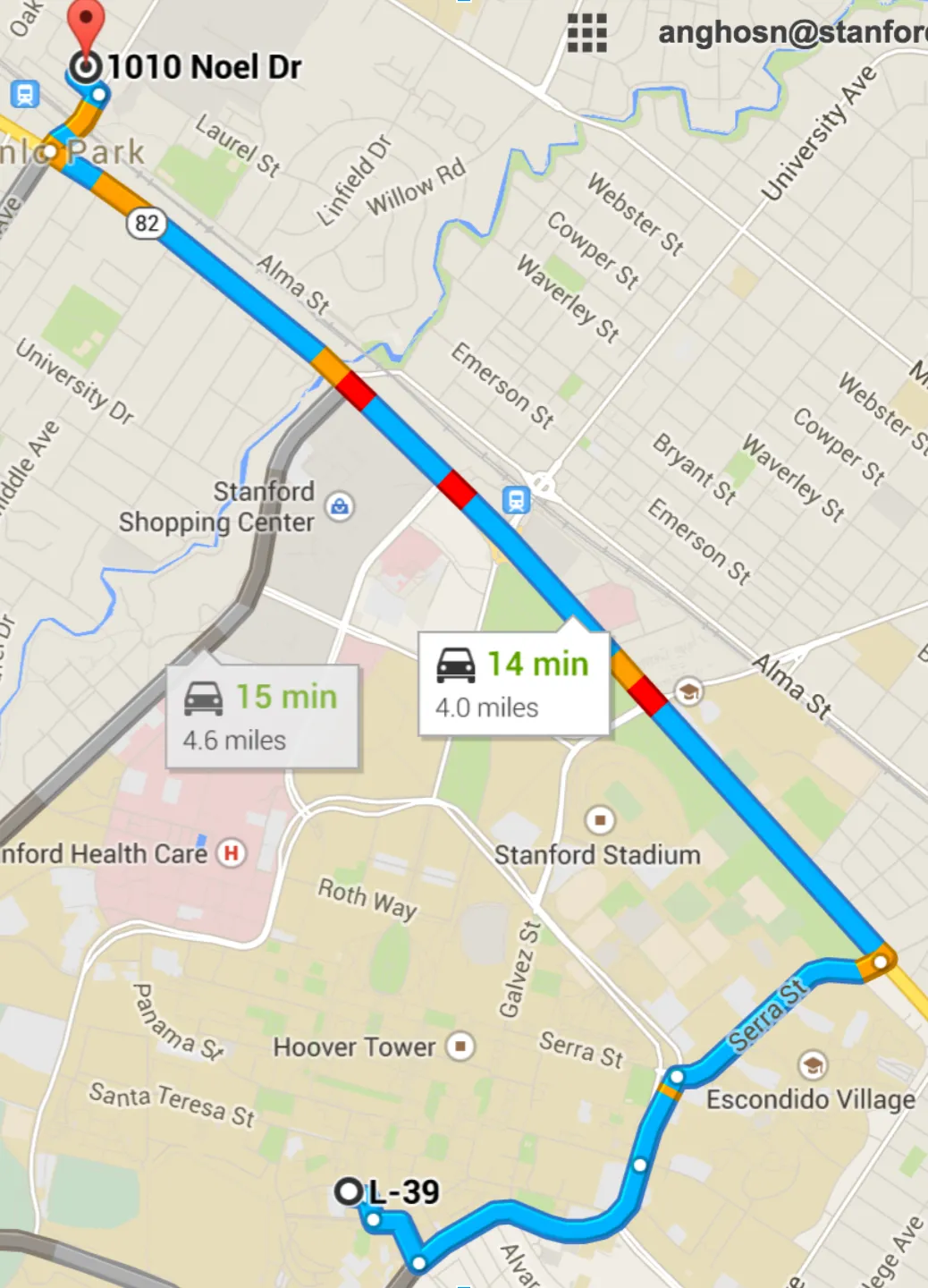Table of Contents
“It is very upsetting that Stanford has not addressed the pressing need for student housing,” said a current psychology co-term who wishes to remain anonymous. “Students without cars live as far as Mountain View, which makes it difficult to get to and from campus.”
Besides making commutes to class more taxing, moving students off campus leads to a feeling of disconnect between students and campus culture. Being on campus and a part of the university community is a central part of the college experience, especially at Stanford. Students living off campus end up spending a significantly smaller amount of time engaging with their peers and as a result miss out on one of the most worthwhile parts of attending Stanford.
What makes this situation more frustrating is that the school continues to construct new buildings on campus, but none of these construction projects aim to resolve the problem. Unless meditating in Windhover help mitigate the frustration, there do not seem to be any new buildings that address the issue. We have an amazing new concert hall, an incomparable new art gallery, and an interesting new contemplative center, but not enough housing.
While providing housing to students who have already lived on campus for four years might not sound as pressing as building a new home for the works of Pollock and De Kooning, the issue is larger than co-term housing. Stanford has had a similar issue with undergrads, and it only continues to worsen. The school has tried to solve the housing shortage for undergraduates by placing students in Oak Creek Apartments. While it is not as far as many of the co-term options, Oak Creek is definitely not equivalent to on-campus housing. Students live among regular Oak Creek Residents and are spread across a variety of buildings. They also lack basic amenities that have become an integral part of student life at Stanford, including access to a computer cluster, 24/7 laundry, and an RA whose room is marked become things you only remember from previous years on campus. The number of students placed in Oak Creek has continually risen over the last several years. The undergraduate population is 7.3% larger (476 students) than it was 5 years ago, and class size is expected to increase further. Placing co-terms and undergraduates in off-campus apartments is likely only going to become more prevalent if the school does not begin building more housing options on campus.
Of course certain constraints placed on the school make the issue more complex than simply choosing to build a new dorm. Raising money and finding space for a new building is no easy feat, as donors likely prefer have their name on a unique, state-of-the-art building over dorm. People outside of the school are more likely to praise Stanford for its new concert hall as opposed to a new building that keeps students on campus instead of a couple miles away.
Though it will not be easy for Stanford to completely resolve the problem, it is more than fair to expect at least some recognition of the problem if not a more sustainable solution than continuing to rent out off-campus apartments. Part of the problem may be that affected students generally stop caring about the issue once they either move back onto campus or graduate, so there is no real consistent pressure on the school to solve the problem. It might be on the students to more explicitly express their dissatisfaction with the problem, but at the end of the day Stanford will have to step up and attempt to solve the issue properly.





